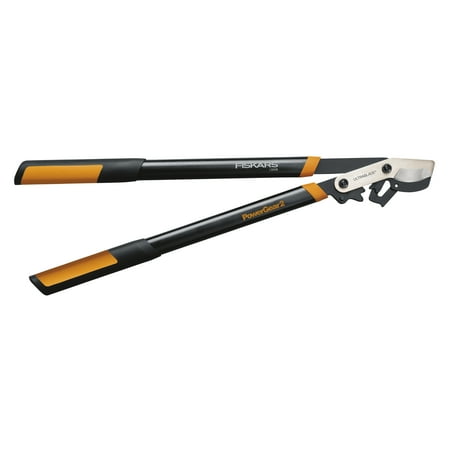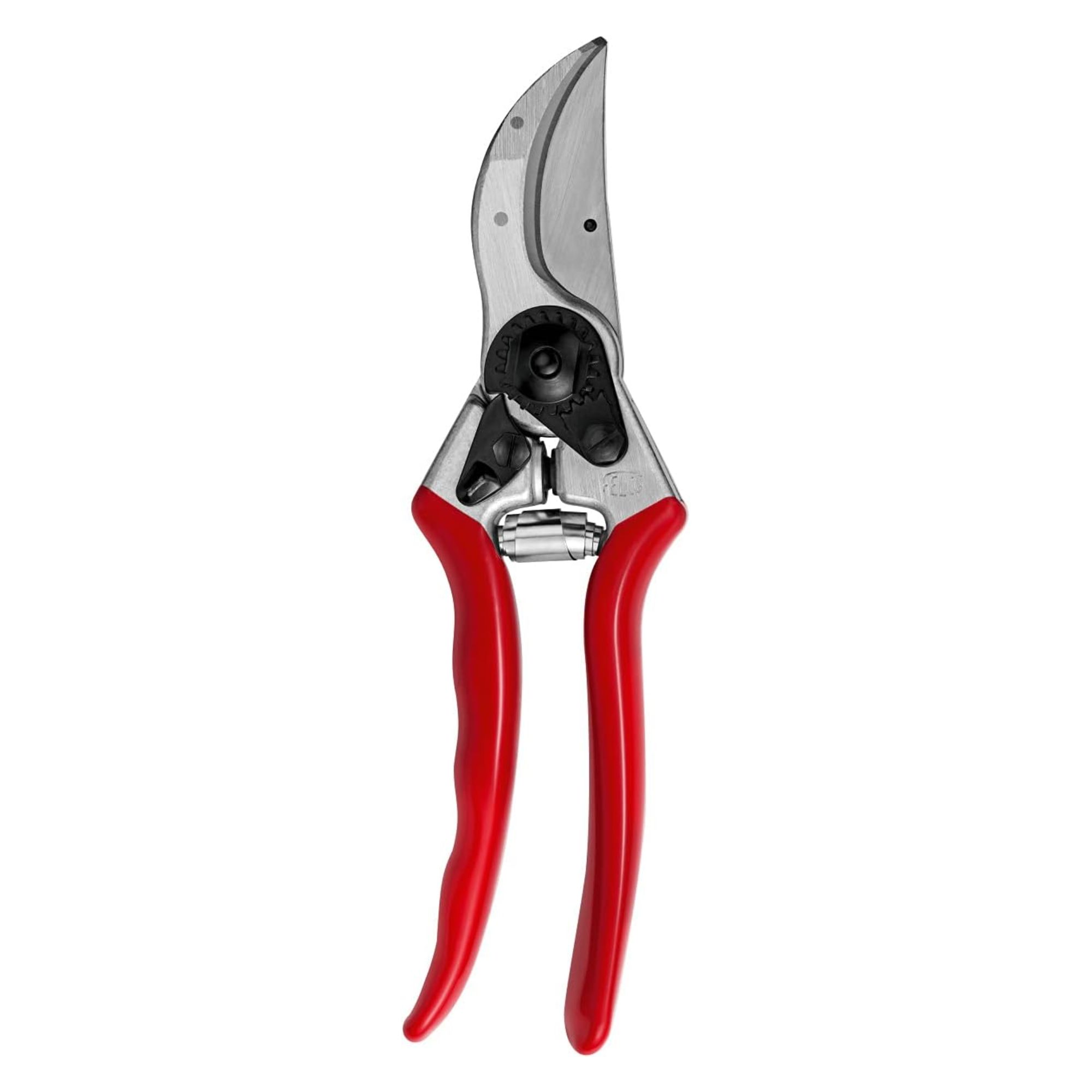7 plants to prune in August to keep your yard neat, tidy, and flourishing
Keep shrubs, trees, and hedges in top shape by trimming this month
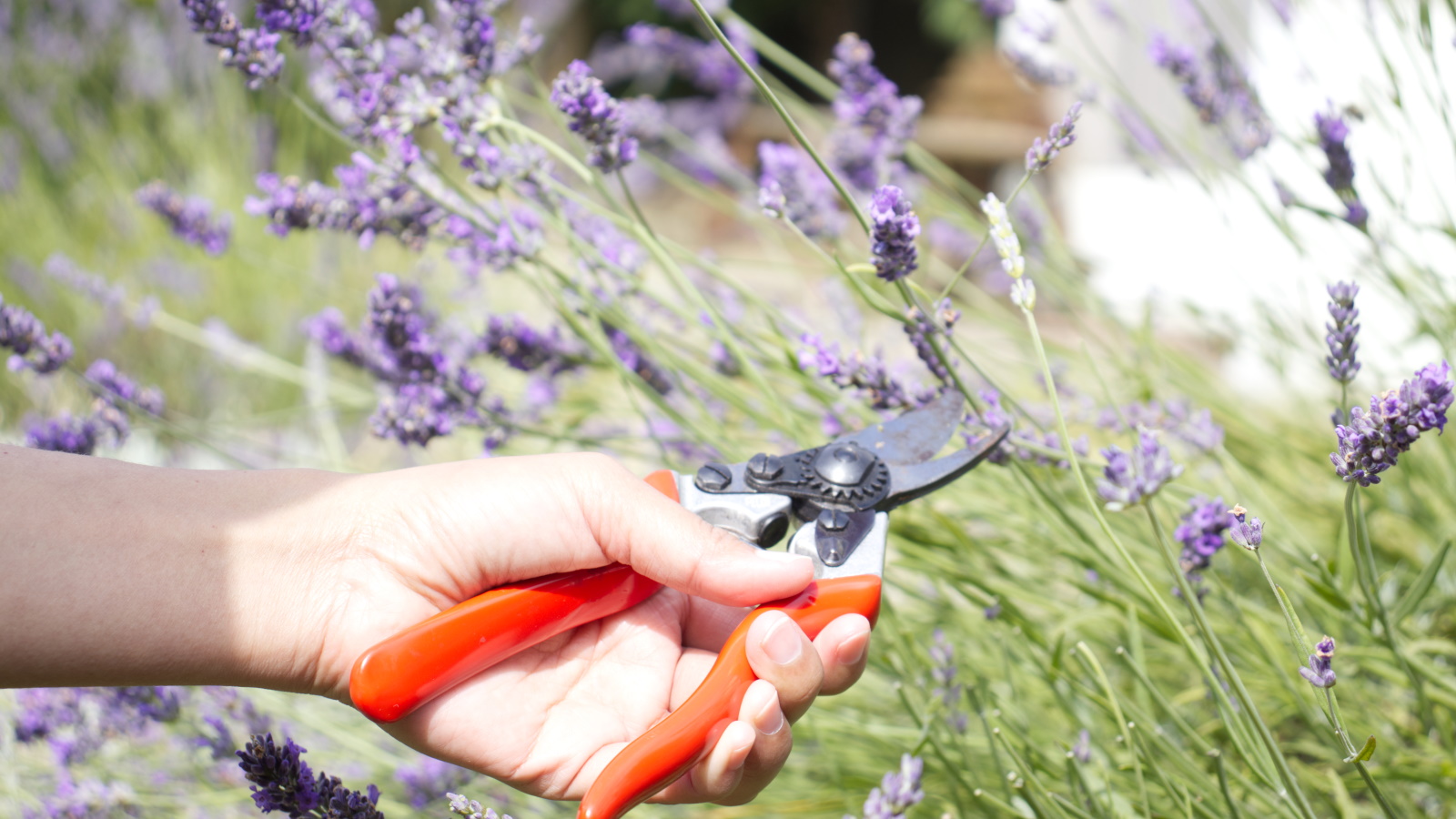

Your pruning shears and trimming tools will see a lot of action in August. There are flowers to deadhead, vegetables to harvest, and plants to prune this month.
Pruning keeps your plants neat and thriving and there are many different shrubs, trees, hedges, and perennials that will benefit from a bit of attention in August. Along with deadheading, pruning is the most important trimming task to add to any summer gardening checklist.
Not everything will benefit, however, and there are plants not to prune in summer. To help you make correct decisions about what to cut, and help your plants prosper, here are seven plants to prune in August.
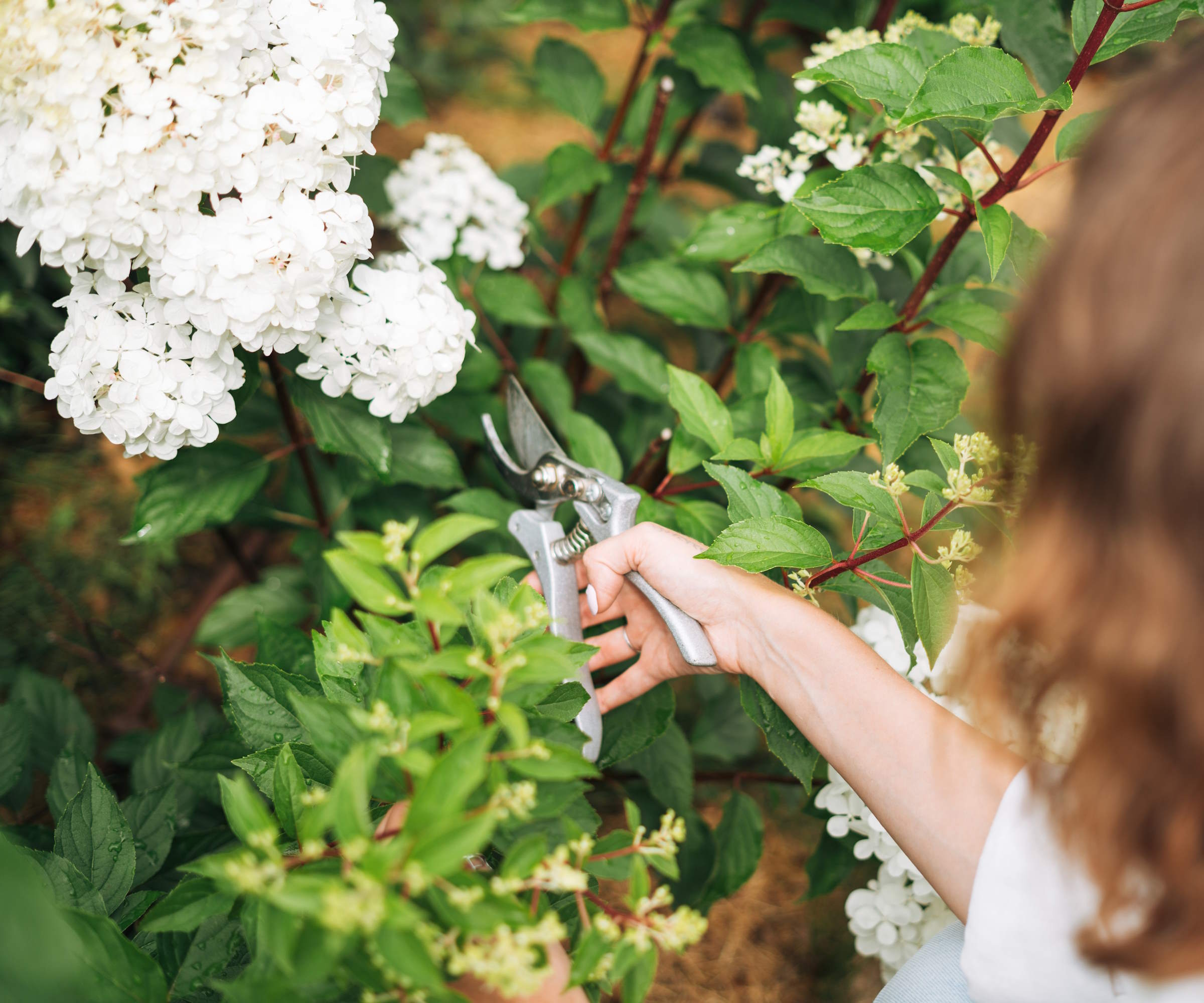
Tips for pruning plants in August
There are two key things to remember when pruning this month.
The first is to always use clean and sharp garden tools to trim with. This prevents any risk from pests and diseases as a result of jagged cuts or poorly sanitized tools.
The other is to assess every plant for dead, diseased, and damaged material first. Remember to look for the 3D’s and remove these before embarking on any other pruning.
Shop pruning essentials
1. Lavender
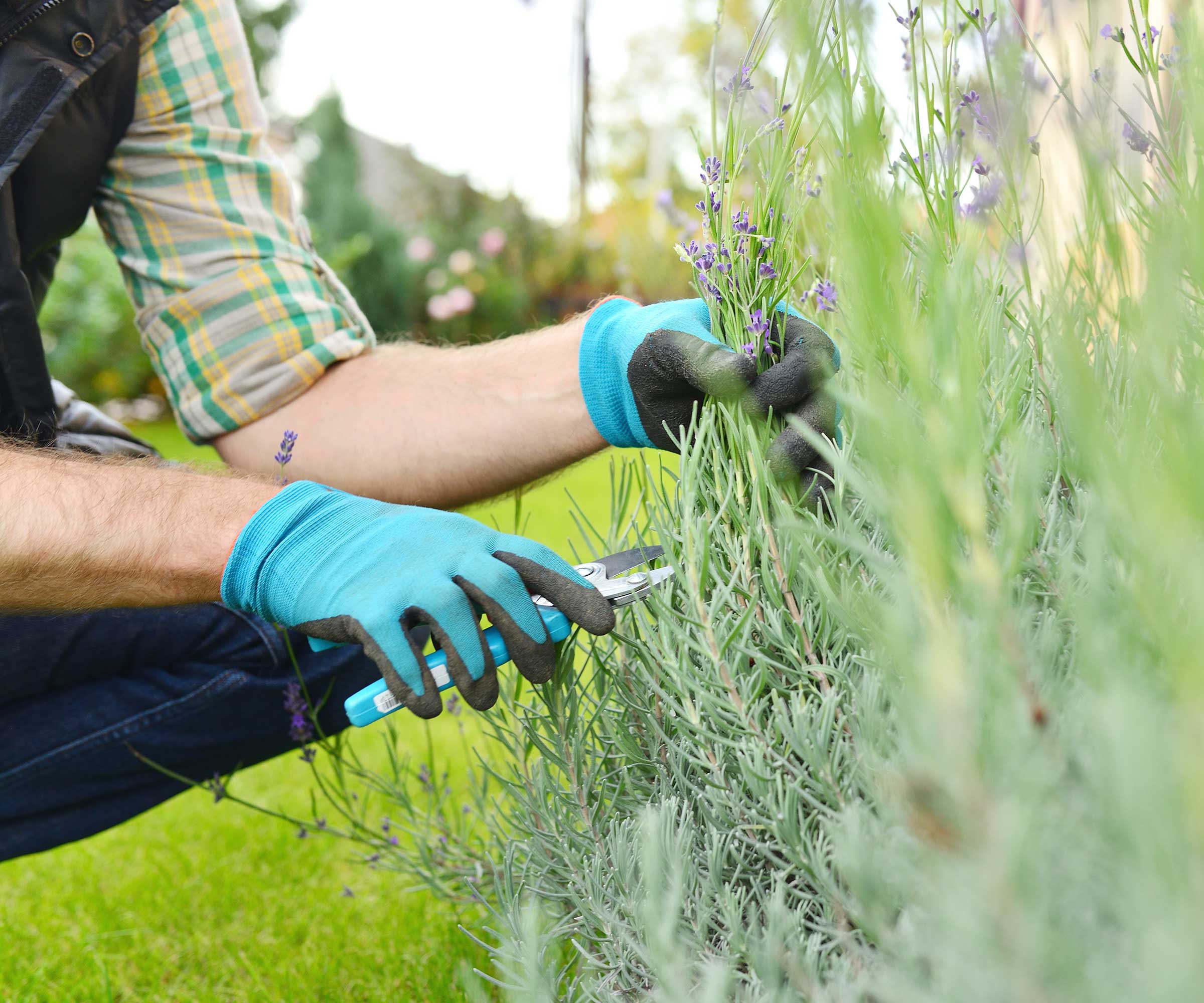
Lavender can get woody and leggy if it is left untouched. This potential issue can be combated by pruning lavender every year and August is an ideal time to trim hardy lavender in many climates. The hardiest type is English lavender and they respond best to this type of summer pruning.
Design expertise in your inbox – from inspiring decorating ideas and beautiful celebrity homes to practical gardening advice and shopping round-ups.
If you are growing lavender, the time to prune is after the aromatic herbs have finished flowering, which can be in late August or early September. Cutting back each year keeps the growth compact and dense, ensuring your lavender looks at its best for years to come.
Trim lavender back to a neat shape, taking care to cut back to green growth and new shoots. Avoid making the pruning mistake of cutting in the woody part of the plant, as the plant is not guaranteed to reshoot from such old, bare wood.
2. Philadelphus
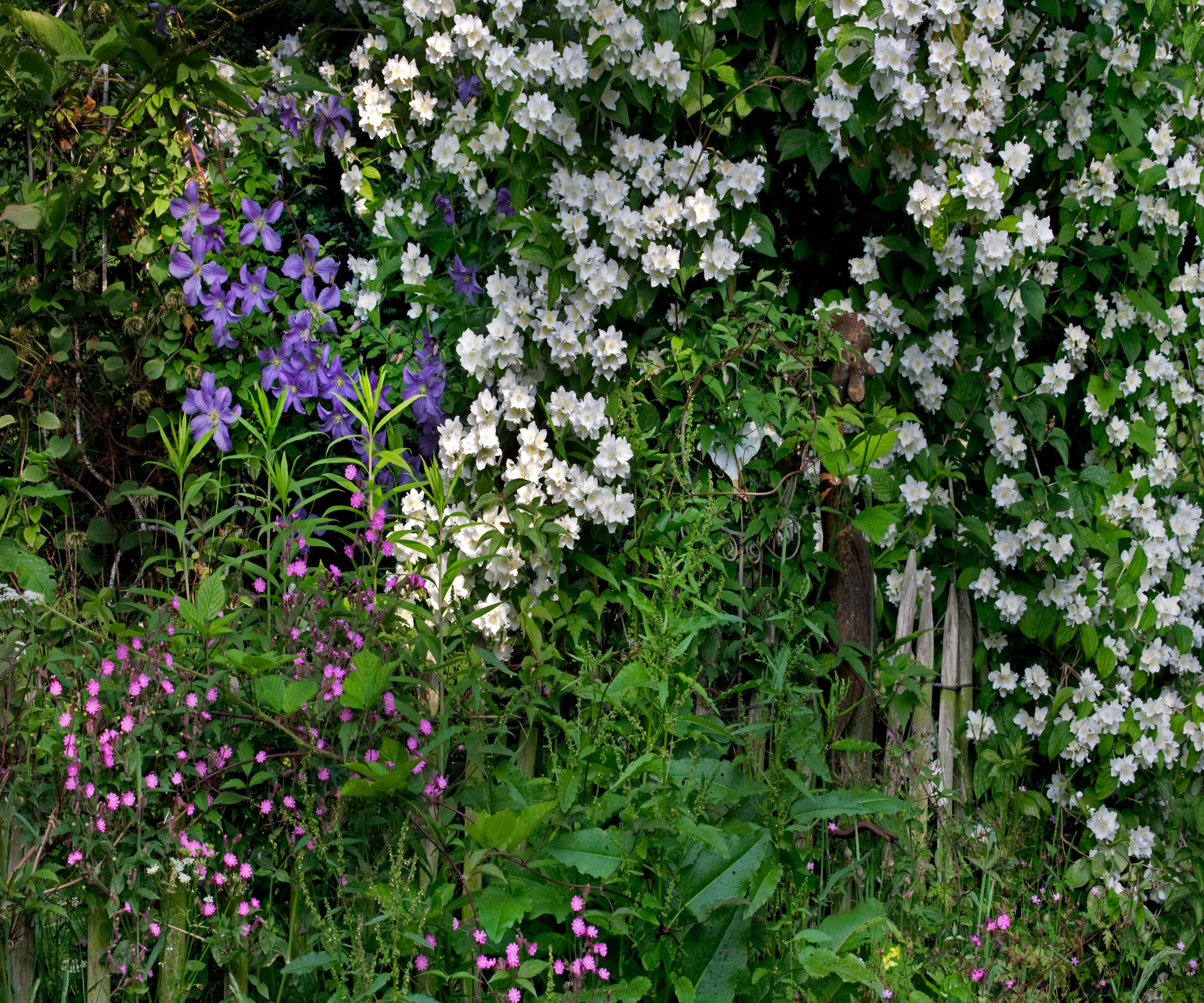
Also known commonly as the mock orange, philadelphus put on a stunning display of highly-fragrant white flowers in late spring and early summer.
Philadelphus are pruned once they have finished flowering, which will be in August in many climates. If you grow philadelphus in your yard, always have pruning on a summer gardening checklist. Do not prune in spring, as you would remove the stems carrying this year’s fragrant flowers.
The shrubs produce the blooms on old wood. Pruning after flowering allows time to develop stems to carry next year’s flowers. A vigorous grower, remove around a quarter of the stems all the way to the base and cut the rest back by around a quarter-to-a-third.
3. Climbing pyracantha
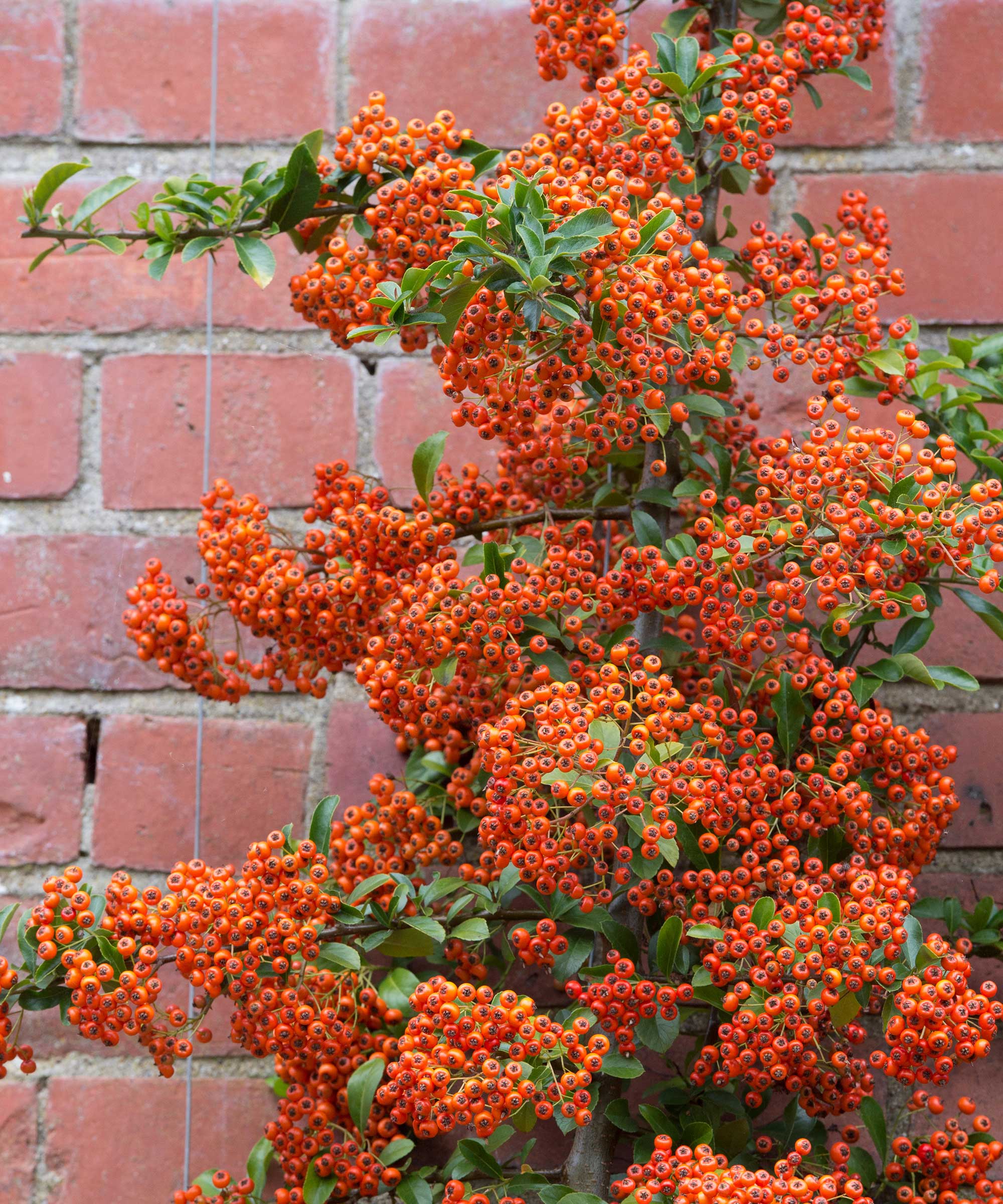
Pyracantha is a fantastic shrub that is loved for the bright berries it produces, which come in fiery shades of red, orange and yellow. It is a great landscaping shrub, but is also commonly grown as an evergreen climber - such as to hide a garden wall. A climbing pyracantha makes a great feature, but will benefit from additional pruning in summer.
Pyracantha, or firethorn, can get large and unruly if left to their own devices and it is useful to keep this vigorous plant in check. They want to be pruned in mid-spring and then climbing types given a second prune in midsummer, which not only opens the plant up to put the dazzling berries on full display but encourages next year’s flowering and fruiting.
Always wear thick gloves and long sleeves when pruning pyracantha to avoid being hurt by their sharp thorns. To prune climbing pyracantha in summer, all side shoots coming off the main trained framework are pruned back to 2-4 buds and shoots pointing inwards are removed.
4. Laburnum
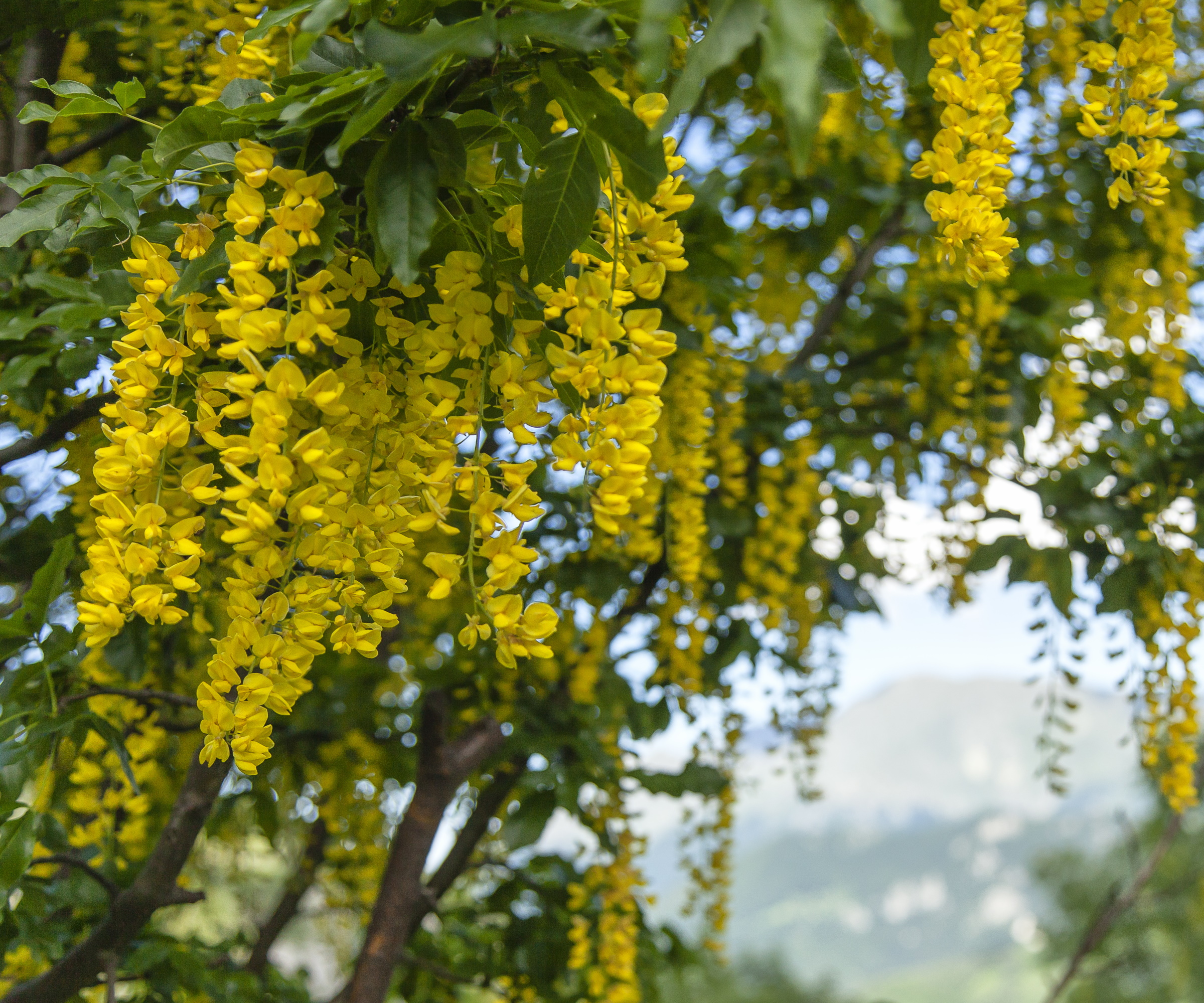
Laburnums are glorious trees, producing dazzling yellow flower clusters in late spring and early summer. They are popular as specimen free-standing trees and also often seen trained to grow as climbing plants over arches or pergolas, where the hanging flowers can make a fantastic sight.
Laburnum does not necessarily need lots of regular pruning, but when it does, getting the timing right is important. Late summer is the best time, after they have finished blooming - though they can be pruned through fall also. If laburnums are pruned in spring or early summer they are renowned for bleeding sap, which can leave the tree susceptible to pests and diseases.
Pruning is going to be more regular for trained examples of laburnum so they are kept compact and the flowers are shown to their fullest potential. Wisteria is another classic flowering climber for arches and walls and summer wisteria pruning can also take place in August.
5. Bottlebrush
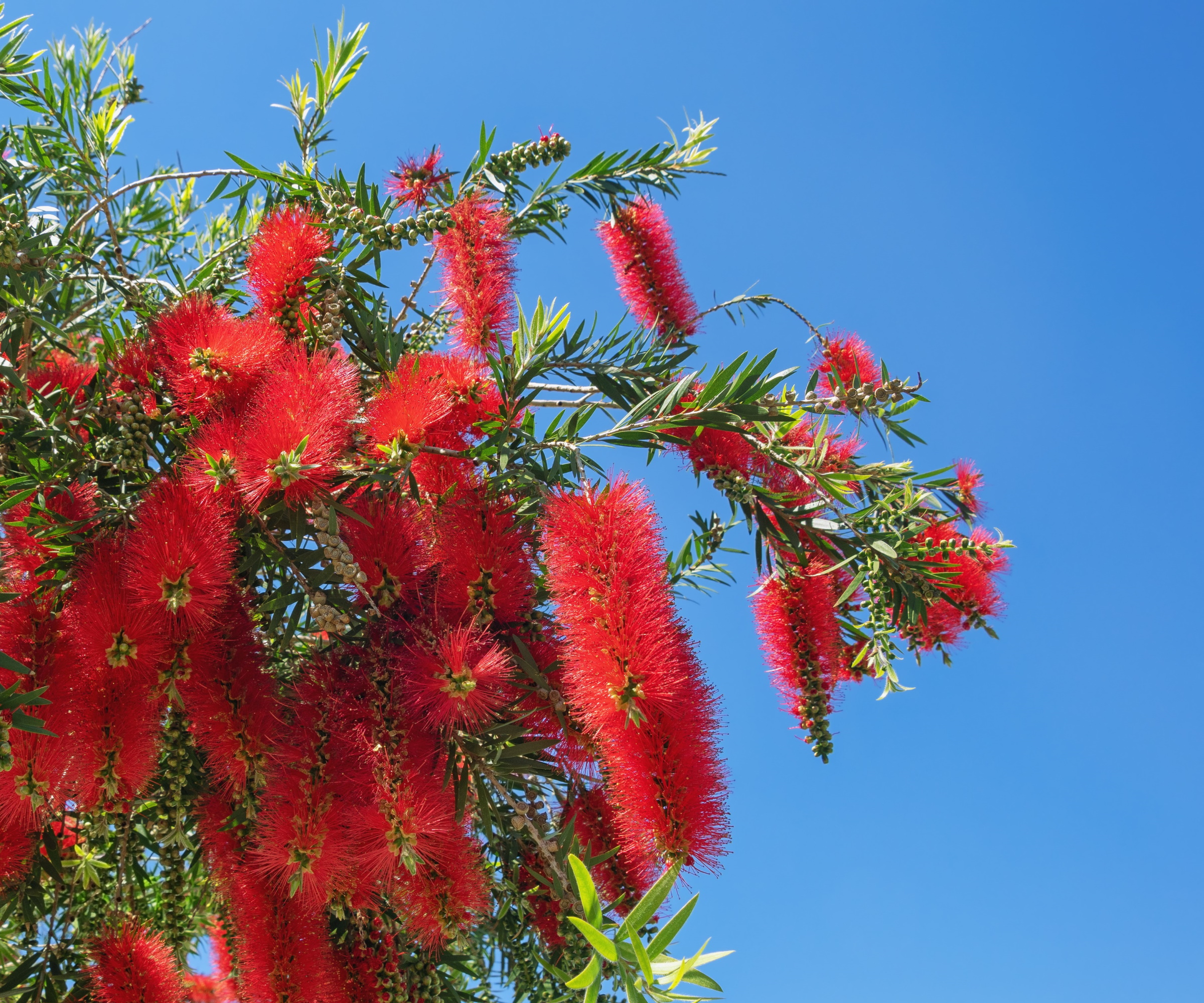
Bottlebrush plants belong to the Callistemon genus and they make great flowering shrubs for sunny corners of the backyard. Their bright red flowers look like brushes - hence the name - and they give the plant a frothy appearance in summer.
To help keep your bottlebrush looking neat and putting on a great show of blooms year-after-year, then pruning after flowering in summer is key. It keeps the shrub compact, as shoots can continue growing post-flowering and make this fast-growing flowering tree look a little unkempt. New growth encouraged through selective pruning will then carry next year’s unique flowers.
A congested bottlebrush will also benefit from lightly thinning branches to allow more sunlight to get into the shrub, and the removal of suckers that take energy away from the main plant.
6. Fountain Butterfly Bush
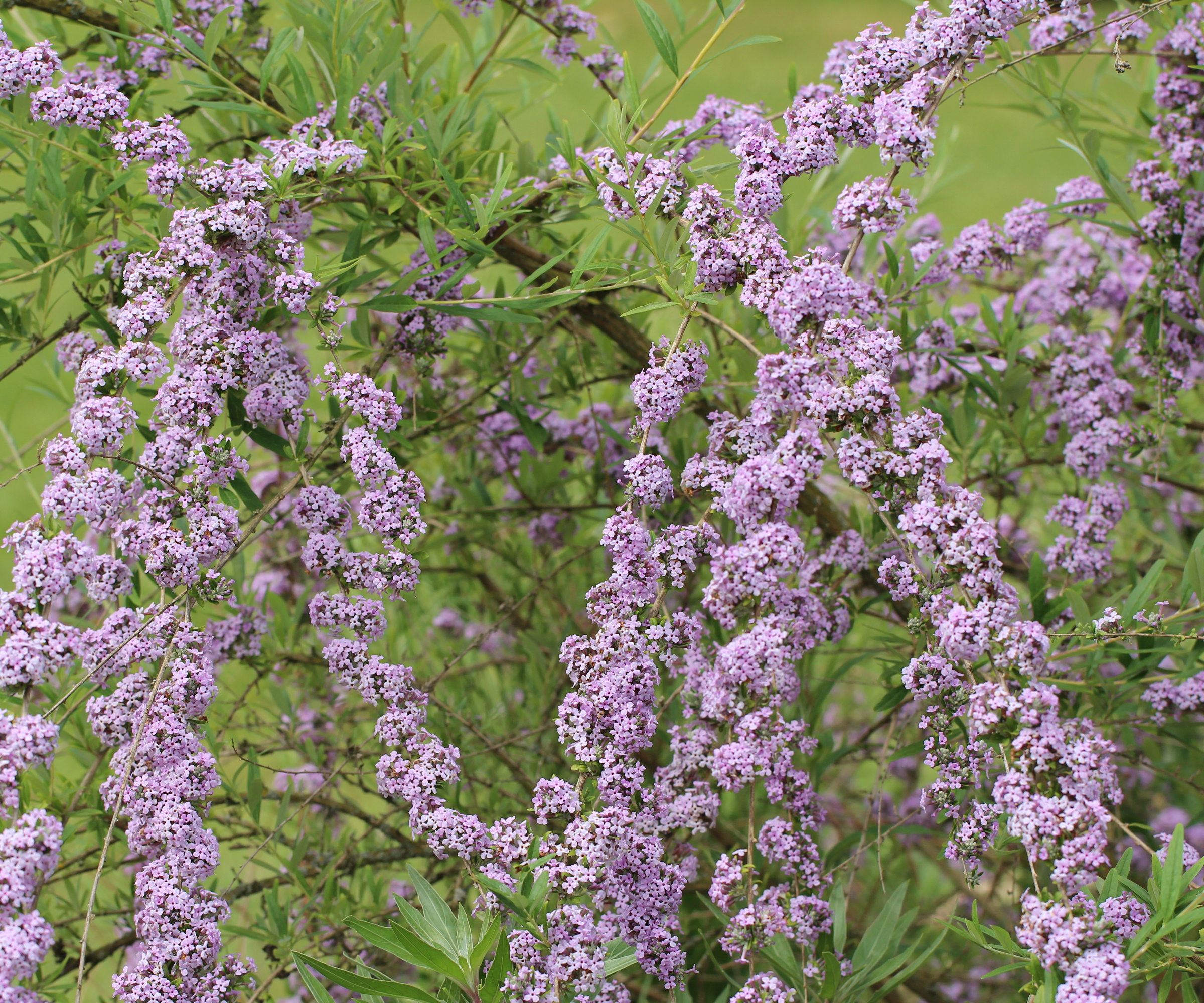
Buddleja alternifolia, also known as fountain butterfly bush or weeping butterfly bush, is a vigorous and large butterfly bush that produces distinctive arching branches that create a different effect to the more common Buddleja davidii.
As with all butterfly bushes, the scented lilac-purple blooms are fantastic flowers for bees and other pollinators, but on the fountain butterfly bush they are produced on last year’s growth. While you prune many buddleia in spring, it would be an error to do so with this type.
The time to prune Buddleja alternifolia is in midsummer after it has finished flowering. Remember the one-third pruning rule and cut back the shrub by up to a third to encourage the development of stems to carry next spring’s flowering display.
7. Deciduous hedges
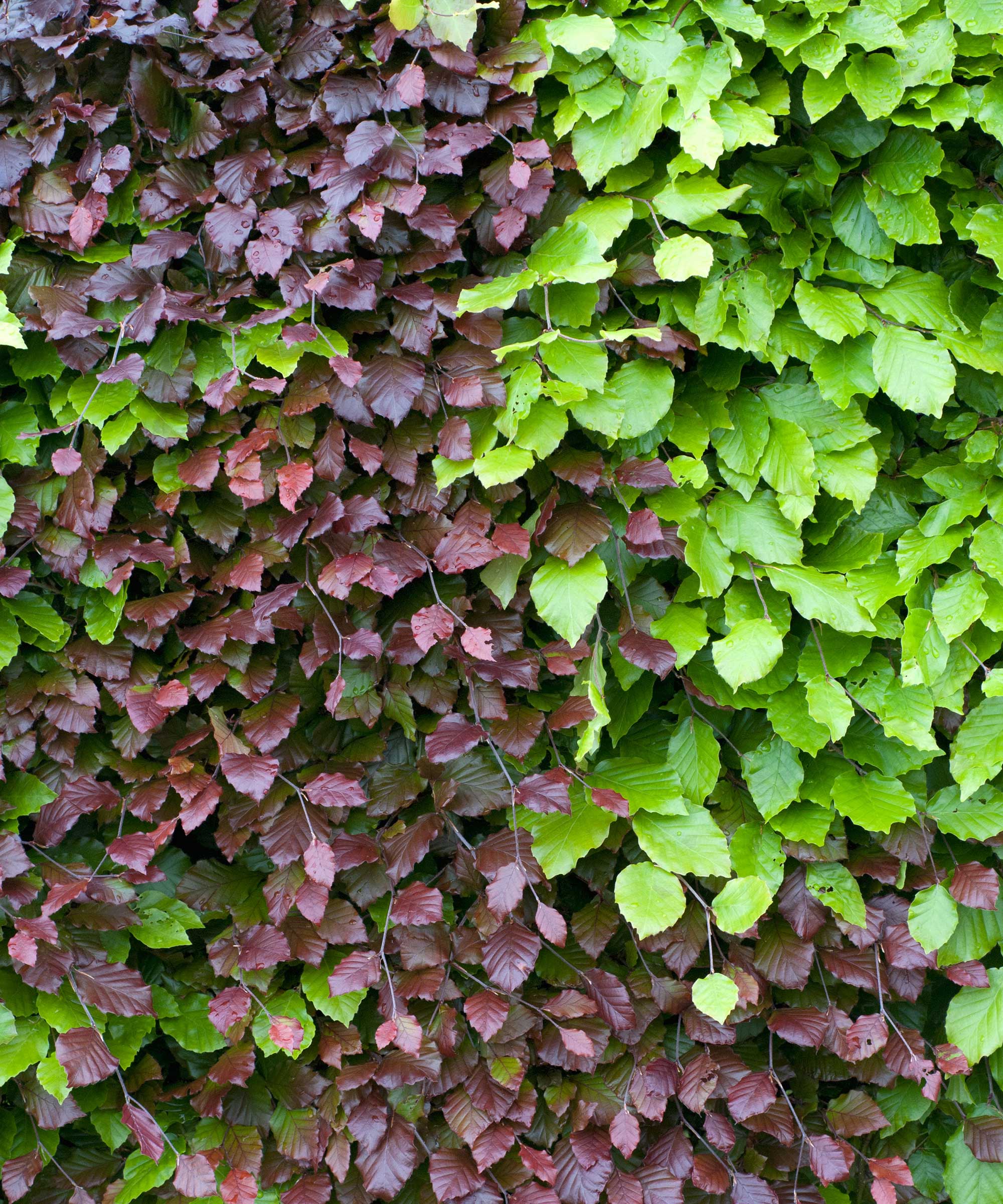
August is a good month to prune many deciduous hedges, including beech, hawthorn, hazel, and hornbeam. Trimming for shape in summer will keep the hedge looking neat for the coming months and through fall and winter when all the leaves drop. Fast-growing hedges want to be trimmed in spring and in summer annually to keep them tidy.
The tools you use and how you cut will depend on the scale of landscaping with hedges you have and your gardening style. More formal hedges may want string lines to be put to ensure crisp, straight lines and smaller hedges can be cut with shears.
Larger deciduous hedges will benefit from a hedge trimmer and the resulting cuttings can be added to any home compost heap.
Don’t forget to keep up with regular deadheading while you are out and about the yard with pruning shears. Deadheading roses, dahlias, cosmos and other flowering annuals and perennials will keep those blooms coming and your borders filled with color for longer.

Drew has worked as a writer since 2008 and was also a professional gardener for many years. As a trained horticulturist, he worked in prestigious historic gardens, including Hanbury Hall and the world-famous Hidcote Manor Garden. He also spent time as a specialist kitchen gardener at Soho Farmhouse and Netherby Hall, where he grew vegetables, fruit, herbs, and cut flowers for restaurants. Drew has written for numerous print and online publications and is an allotment holder and garden blogger. He is shortlisted for the Digital Gardening Writer of the Year at the 2025 Garden Media Guild Awards.
